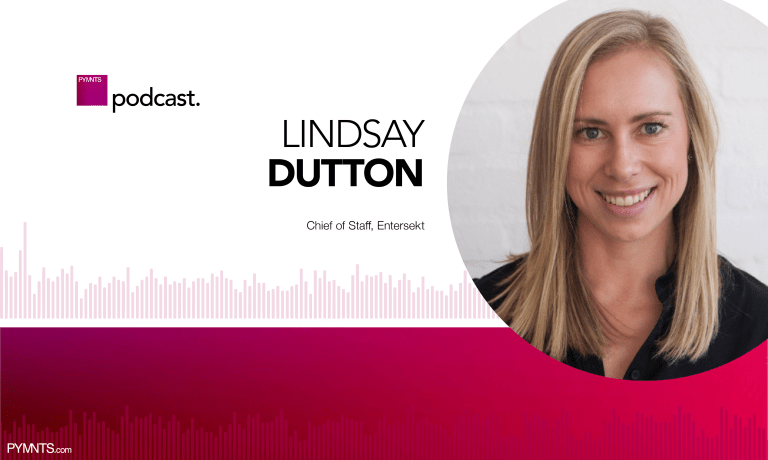When accessing their digital financial accounts, customers want to have a choice of channels and devices to use. They also want to have a great user experience (UX), whether via a desktop website, app or mobile browser.
“That flexibility is really important, allowing choice for the consumers, what works for them — and it may be different on any given day,” Lindsay Dutton, chief of staff at Entersekt, told PYMNTS.
Because consumers have become accustomed to instant access and seamless experiences, they get frustrated if they deal with a financial services provider (FSP) that doesn’t meet their expectations.
“FinTechs and financial services providers really need to have a look at what the trends are telling them about consumer needs and what their customers are actually saying to know where they need to make improvements in order not to lose customers to competing brands who have focused more on customer experience,” Dutton said.
Consumers Want Both Security and a Great UX
Equally important to consumers is security, but while they are rating security as more important than UX, they also do not want to sacrifice the UX.
Advertisement: Scroll to Continue
That needs to be delivered across all platforms, Dutton said. Apps, websites and social media pages have become the face of brands, including FSPs, so it’s important that these channels perform well to deliver a consistently great UX, build trust and remain secure.
“What is particularly insightful is the impact that strong security and UX both have on the customers’ attitudes toward the FSP, on their perception of the FSP,” Dutton said. “So, it’s that consistency, it’s that trust in the brand that really needs to be ingrained in the culture, ingrained in the customer experience.”
FSPs Must Make Security Visible to Customers
Consumers’ interest in security extends to how banks share data about them. Because customers are aware that data has become a valuable commodity, organizations must allay concerns around data sharing, regardless of whether they share that data with other organizations. This is an issue that affects not only FSPs, but also credit card issuers, retailers and charitable institutions.
“It’s important for financial services providers to highlight the importance of data security, having solid security practices in place and making the consumer aware of this,” Dutton said.
One way to do this is to make security visible to customers, which can help reassure them that the bank is focused on security. Using strong security measures, including biometrics for multi-factor authentication, for example, can also go a long way.
Customers have shown that they are very comfortable using different banking and other financial services channels. For banks and other FSPs, that means there’s an opportunity for them to lock in those relationships by ensuring they build customer trust across channels. By offering a consistent experience across channels that ticks the boxes of both strong security and a great user experience, they can accomplish just that.
“From the perspective of a financial services provider, it’s providing the security, making the consumer aware of it, and then providing an experience that is frictionless across platforms and frictionless across devices,” Dutton said.




